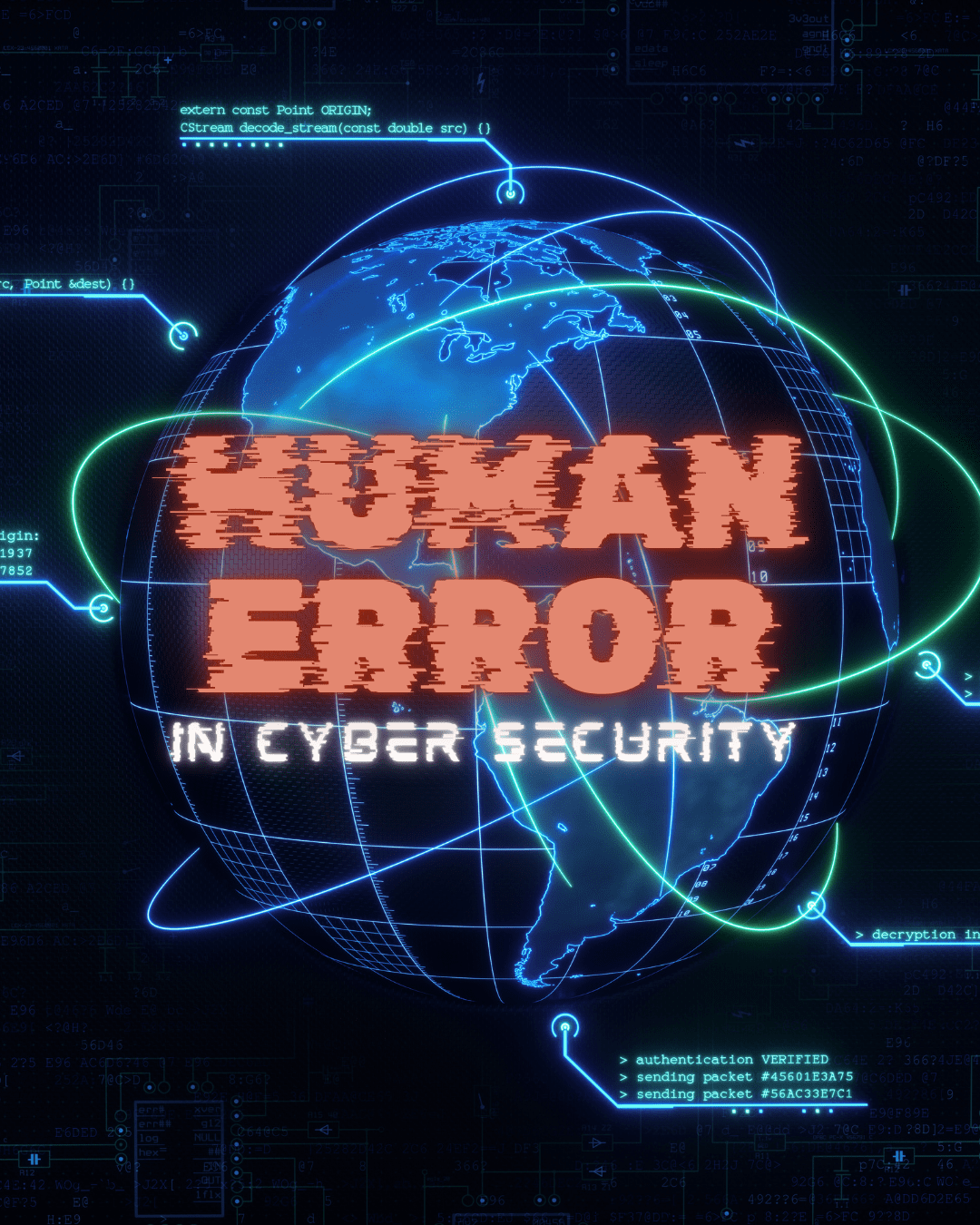Article
In today’s digital landscape, cybersecurity breaches have become a frequent and significant threat to organisations worldwide.
Despite advances in technology and increased investments in cybersecurity infrastructure, one common factor continues to undermine these efforts: human error.

‘Configuration errors are to blame for 80% of ransomware’ – Microsoft Cyber Signals Report, Extortion economics. This is why the need for proactive security tools and machine learning is so vital to maintaining your security.
At Trustack, we see firsthand how human error is a critical vulnerability. Your team and the security measures in place directly link to your security posture. Understanding why so many cyber breaches occur due to human mistakes is essential in mitigating these risks and enhancing overall security.
1. Lack of Awareness and Training
One of the primary reasons for cybersecurity breaches is the lack of awareness and proper training among employees. Many individuals lack adequate education on the best practices for maintaining security hygiene. This includes recognising phishing emails, using strong and unique passwords, and understanding the importance of software updates. People remain the weakest link in cybersecurity without continuous training and awareness programmes.
2. Phishing and Social Engineering
Cybercriminals often exploit human psychology through types of social engineering to orchestrate social engineering attacks. These tactics include phishing, malicious links and software. These techniques deceive individuals into divulging sensitive information or performing actions that compromise security.
Even with sophisticated technical defences, a single successful phishing attack can bypass multiple layers of security. Employees who are not trained to identify these threats can unknowingly give attackers access to the organisation’s systems.
3. Misconfiguration and Poor Practices
Misconfiguration of security settings and the use of poor practices are also significant contributors to human error in cybersecurity. This can include improperly setting up firewalls, failing to change default passwords, or not securing cloud storage properly. These oversights can create vulnerabilities that cybercriminals can exploit. Regular audits and adherence to best practices are necessary to prevent such errors.
4. Overconfidence and Complacency
Overconfidence and complacency can lead to significant security breaches. Those who believe they are immune to cyber threats or think that security is solely the IT department’s responsibility may not follow the necessary precautions. This false sense of security can result in lax behaviour, such as using unsecured networks, sharing passwords, or ignoring security policies.
5. Insider Threats
Insider threats, whether intentional or accidental, pose a substantial risk to organisations. Those with access to sensitive information can manipulate or indirectly leak data. Having security controls and measures in place such as regular monitoring, strict access controls, and a robust incident response plan are essential to mitigate the risk posed by insider threats.
Comprehensive Training Programmes
Implementing comprehensive and ongoing training programmes is crucial. These programmes should educate employees about the latest threats, security best practices, and the importance of vigilance. Interactive and engaging training sessions can help reinforce learning and ensure that employees remain alert and knowledgeable about cybersecurity risks.
Regular Phishing Simulations
Conducting regular phishing simulations can help employees recognise and respond to phishing attempts effectively. These simulations can provide valuable insights into the organisation’s susceptibility to such attacks and highlight areas where additional training may be required.
Implementing Robust Policies and Procedures
Establishing clear and enforceable security policies and procedures is essential. These should cover password management, data handling, remote work security, and incident reporting. Regularly reviewing and updating these policies ensures they remain effective and relevant to evolving threats.
Encouraging a Security-First Culture
Creating a culture that prioritises security is vital. Encouraging employees to take ownership of their role in protecting the organisation’s assets can foster a proactive approach to cybersecurity. Recognising and rewarding secure behaviour can further reinforce this culture.
Leveraging Technology to Reduce Human Error
While humans cannot eliminate error, technology can help reduce its impact. Implementing multi-factor authentication (MFA), encryption, and automated threat detection systems can add additional layers of security. These technologies can serve as a safety net, reducing the likelihood that human error will lead to a significant breach.
Several advanced security solutions can significantly reduce the risk of breaches caused by human error:
Immutable Storage Technology: Ensures that users cannot alter or delete data once it is written. Immutable storage protects critical data from being tampered with, providing an additional safeguard against external threats and internal mistakes.
Automated Responses and Remediation: These systems can detect and respond to security incidents in real time, often faster than human intervention. Automated responses can isolate affected systems and prevent the spread of malware, while automated remediation can fix vulnerabilities and restore systems to their secure state.
Managed Detection and Response (MDR): MDR services provide continuous monitoring, threat detection, and incident response. With a team of experts constantly watching for threats, organisations can significantly reduce the time it takes to detect and respond to incidents, minimising the impact of human error.
Gytpol Validator: Validates and remediates configuration errors in real time, ensuring compliance and reducing vulnerabilities caused by misconfigurations.

Human error remains a pervasive challenge in the realm of cybersecurity. However, by understanding the underlying causes and implementing a comprehensive, multi-faceted approach, organisations can significantly reduce the risk posed by human mistakes.
As an IT and security services company, we are committed to helping organisations develop and maintain robust cybersecurity strategies that address technological and human factors.
Together, we can create a more secure digital environment where human error is less likely to lead to devastating cyber breaches.
To provide the best experience on our site, we use technologies like cookies to store and/or access device information. Consenting to these technologies will allow us to process data such as browsing behaviour or unique IDs on this site.